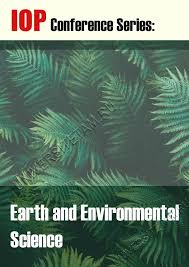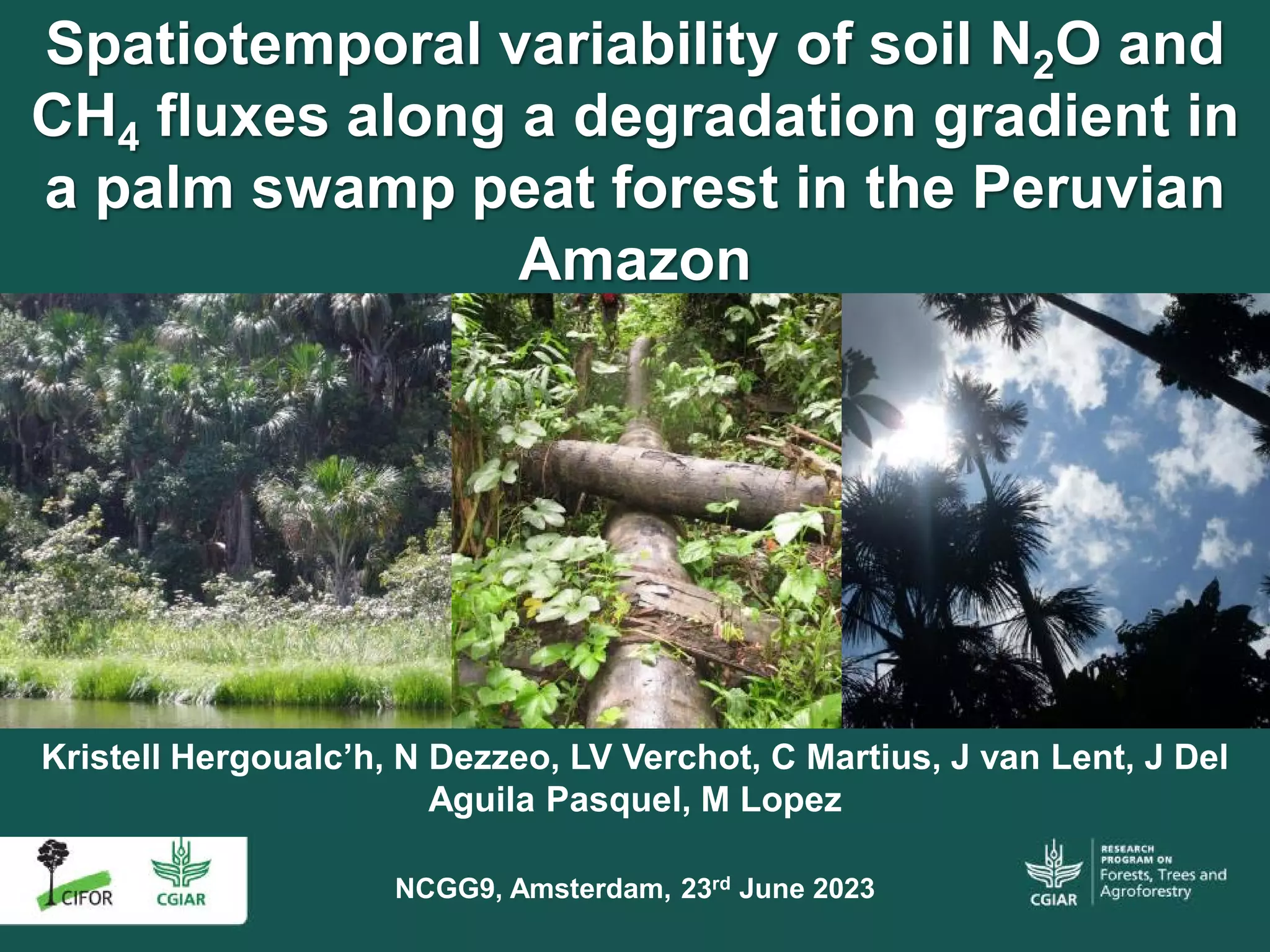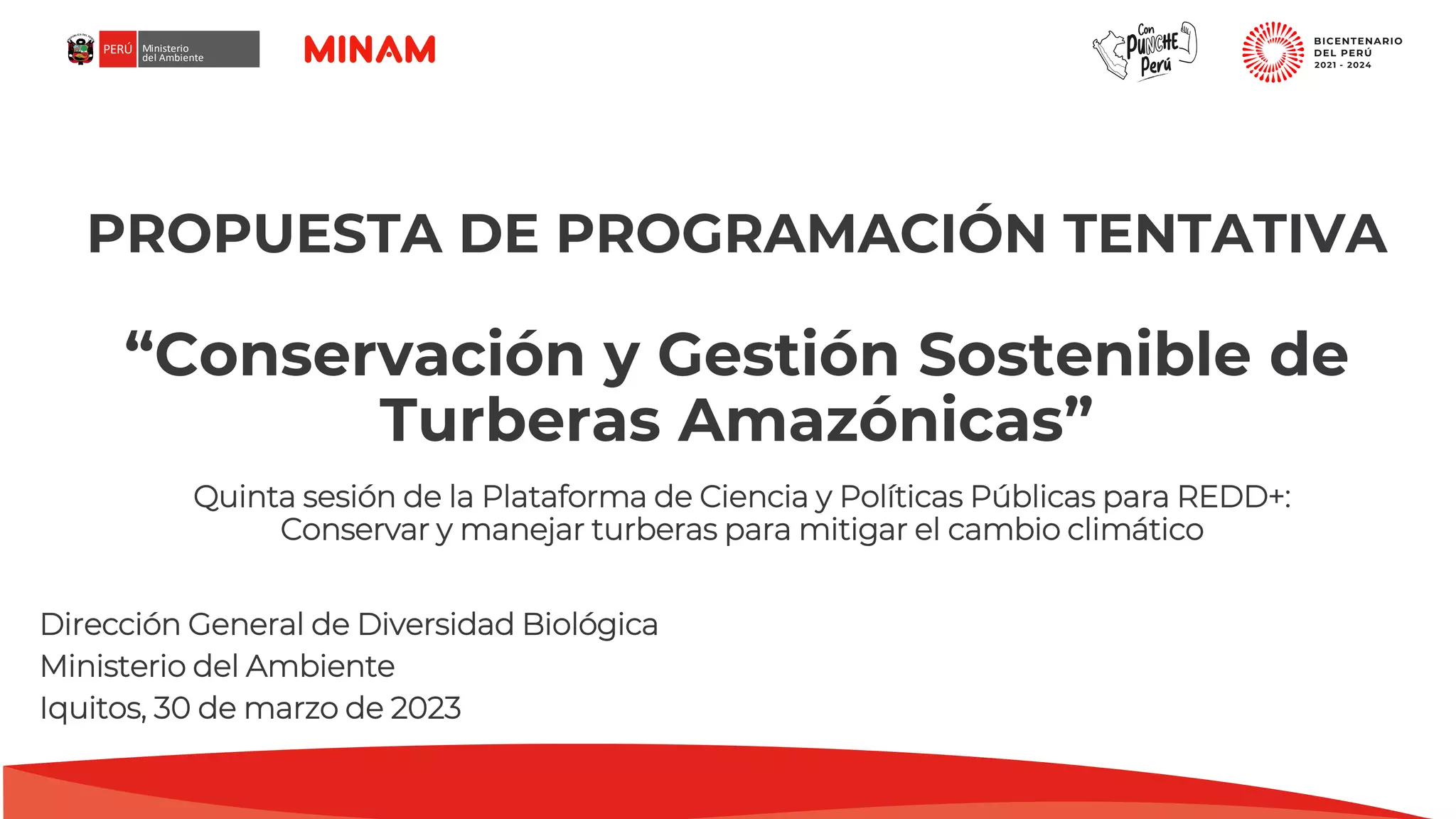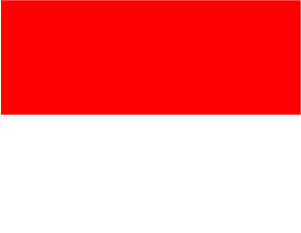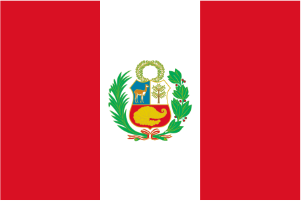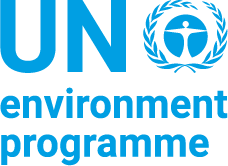
Soil CO2 flux was measured monthly over a year from tropical peatland of Sarawak, Malaysia using a closed-chamber technique. The soil CO2 flux ranged from 100 to 533 mg C m-2 h -1 for the forest ecosystem, 63 to 245 mg C m -2 h-1 for the sago and 46 to 335 Mg C m -2 h-1 for the oil palm. Based on principal component analysis (PCA), the environmental variables over all sites could be classified into three components, namely, climate, soil moisture and soil bulk density, which accounted for 86% of the seasonal variability. A regression tree approach showed that CO2 flux in each ecosystem was related to different underlying environmental factors. They were relative humidity for forest, soil temperature at 5 cm for sago and water-filled pore space for oil palm. On an annual basis, the soil CO2 flux was highest in the forest ecosystem with an estimated production of 2.1 kg C m-2 yr-1 followed by oil palm at 1.5 kg C m-2 yr-1 and sago at 1.1 kg C m-2 yr-1. The different dominant controlling factors in CO2 flux among the studied ecosystems suggested that land use affected the exchange of CO2 between tropical peatland and the atmosphere.
Download:
 file
file

- Authors: Melling, L., Hatano, R., Goh, K.J.
- Author Affiliation: Hokkaido University, Appllied Agricultural Research Sdn Bhd
- Subjects: carbon dioxide, soil carbon, forest ecosystems, peatlands, soil emission
- Publication type: Journal Article
- Source: Tellus, Series B: Chemical and Physical Meteorology 57(1): 1-11
- Year: 2005
- DOI: https://doi.org/10.1111/j.1600-0889.2005.00129.x

